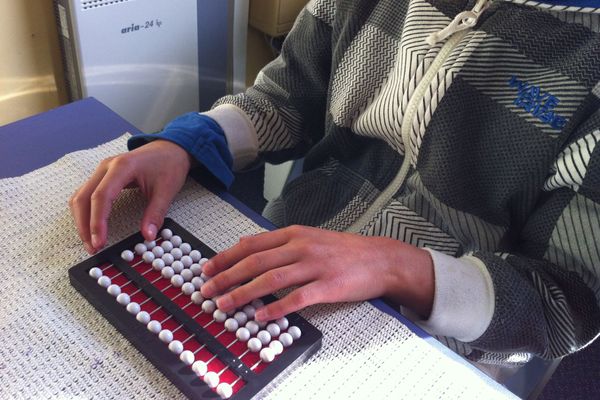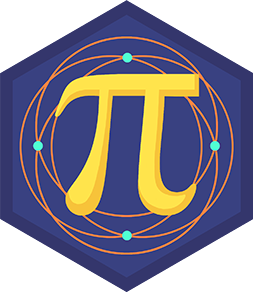Count on an abacus
Build a simple abacus and practice counting, addition, and subtraction by moving beads to explore place value and basic arithmetic concepts.



Step-by-step guide to Count on an abacus
Learn To Use an Abacus To Count! *Math for Kids*
Step 1
Gather all the materials and bring them to a clear workspace so you are ready to build.
Step 2
Use the ruler to draw and cut a rectangle of cardboard about as big as a small book to make your abacus frame.
Step 3
Place two straws horizontally across the cardboard about 4 cm apart and tape each end to the back so they act like bars.
Step 4
Slide 10 beads onto the bottom straw so the beads can move left and right freely.
Step 5
Slide 10 beads onto the top straw so the beads can move left and right freely.
Step 6
Secure each straw end with extra tape or fold the straw ends so the beads cannot fall off during play.
Step 7
Use the marker to label the top straw "tens" and the bottom straw "ones" and draw a small line at the left as the counting zone.
Step 8
Practice counting by moving one bead at a time on the ones row into the counting zone and saying the numbers out loud until you reach 10.
Step 9
Show the number ten by moving all ten ones beads into the counting zone at the left.
Step 10
Exchange ten ones for one ten by sliding all ones beads back to the right and then sliding one bead on the tens row into the counting zone.
Step 11
Solve an addition problem by placing 4 ones on the ones row then adding 3 more beads to the counting zone and saying the total aloud.
Step 12
Share a photo of your finished abacus and tell one thing you learned about counting on DIY.org.
Final steps
You're almost there! Complete all the steps, bring your creation to life, post it, and conquer the challenge!


Help!?
What can we use instead of straws or beads if those are hard to find?
If you don't have plastic straws, use two pencils or wooden skewers taped to the cardboard as the horizontal bars and swap beads for buttons, pasta shells, or coins slid onto those bars.
My beads keep falling off or the straws bend—what troubleshooting can fix that?
Follow the step to 'secure each straw end with extra tape or fold the straw ends' and add extra tape wraps or small folded cardboard tabs at each end to act as stoppers and stabilize the bars.
How can I adapt this abacus activity for different ages?
For younger children put only five beads per row and make a wider left 'counting zone' for simpler one-to-one moving, while older kids can add a third straw labeled 'hundreds' to practice multi-digit exchanges like trading ten ones for one ten.
How can we extend or personalize the abacus after it's built?
Decorate the cardboard frame, color-code the beads (for example red for ones and blue for tens), add number labels along the counting zone, and then follow the 'share a photo of your finished abacus' step to describe one counting trick you learned.
Watch videos on how to Count on an abacus
Lesson 1: How to Properly Use an Abacus - Counting to 20 | For Parents and Teachers
Facts about math manipulatives for kids
⏱️ Expert abacus users and mental-abacus competitors can solve multi-digit problems at surprising speeds.
🌍 Different abaci exist worldwide — the Chinese suanpan, Japanese soroban, and Roman hand abacus each look different.
🧠 Learning to use an abacus can boost kids' working memory and mental calculation skills.
🔢 Place value means the same digit (like 2) can represent 2, 20, or 200 depending on its position.
🧮 The abacus dates back over 2,000 years and is still used globally to teach and speed up arithmetic.
How do I build a simple abacus and use it to practice counting, addition, and subtraction?
What materials do I need to make a beginner abacus at home?
What ages is an abacus counting activity suitable for?
What are the benefits of practicing counting and arithmetic with an abacus?


One subscription, many ways to play and learn.
Only $6.99 after trial. No credit card required



